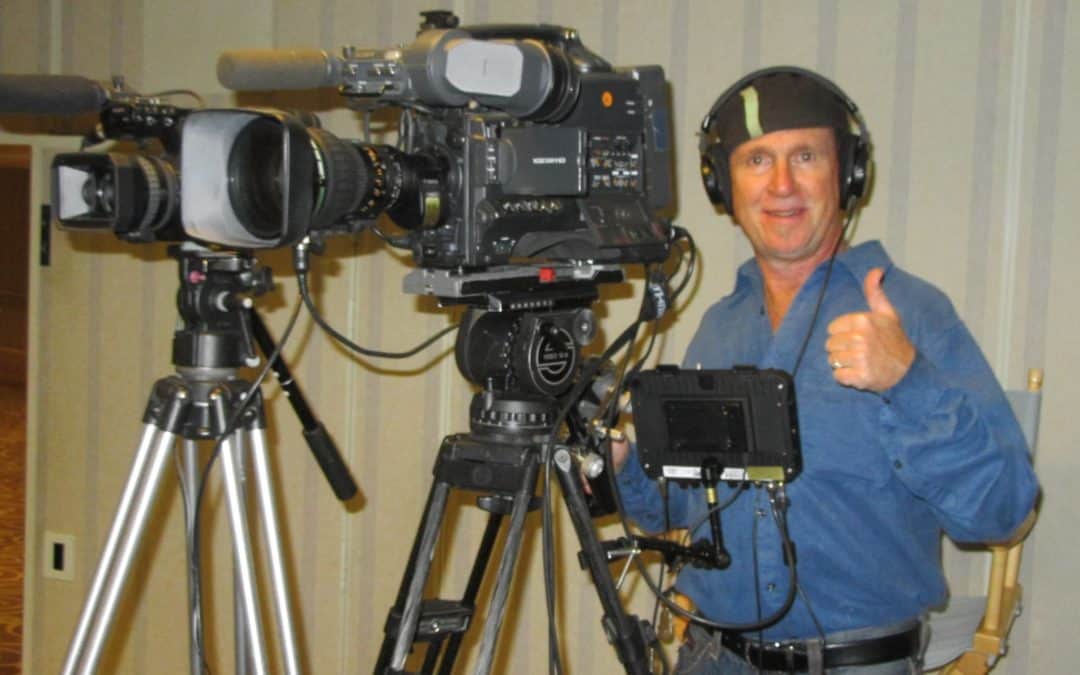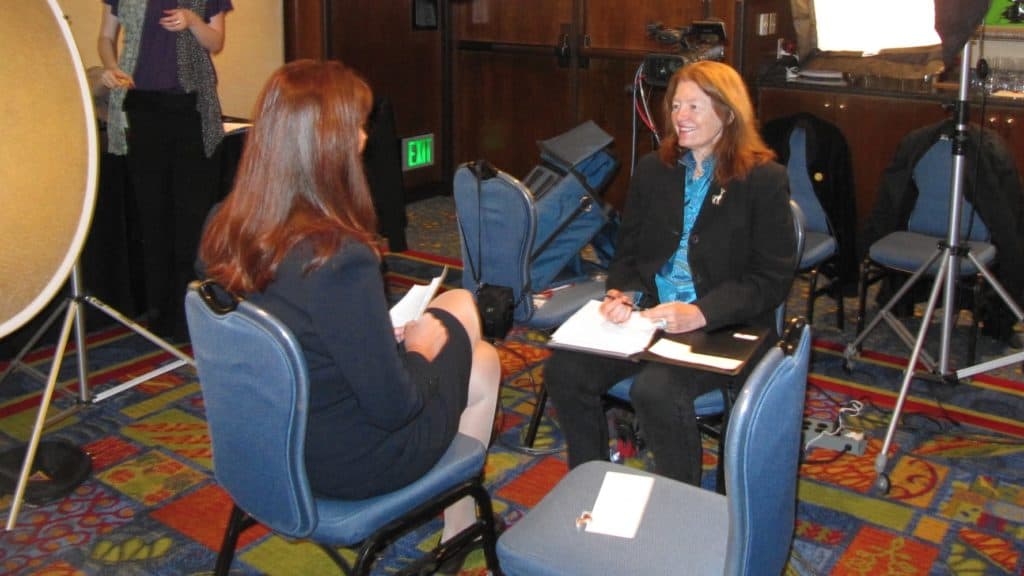Low Budget Video
How to Make Videos on a Small Budget
Affordability
Now that video equipment is so much more affordable than it once was, it’s easier to make a low budget video for your business site, blog and social networking sites.
But did you ever hear that old adage, “If you can’t do it right, then don’t do it at all?” This applies perfectly to video.
Although I know how to use a wrench, I would not consider myself a plumber. I know how to use a screwdriver but I’m not an electrician. And while I know my way around the knives in our kitchen, I wouldn’t go down to the local hospital and perform surgery. My point is that even though someone has all the tools at their disposal, it would take years for them to learn how to produce, shoot and edit a professional video.
Be Professional
I have some videos that I have shot and edited on my youtube page which I consider sketches. Some I shot with a camera the size of a deck of cards. Some document the music of bands that I like. Some document moments in time, such as peace marches or mountain bike rides. These are not professional videos and I don’t post them at our corporate business site.
If you have a business and would like to post a low budget video at your site to enhance your SEO (Search Engine Optimization) or market your company, you need to put your best foot forward. Nothing will turn off potential clients faster than an amateur video.
My company, Crystal Pyramid Productions, has been around since 1981 when my husband, Mark Schulze, started it. Then I joined him full time in the mid ’90’s. So collectively, that’s around 55 years of experience. Throughout those decades, we have learned many ways of saving time and money on video production which we pass on to our clients.
So, how to make a low budget video?
First, the Script
First, write the script yourself. We give potential clients a template that shows them how to create a script. In lieu of that, you could use a lined sheet of paper and draw one horizontal line at the top and jot down the topics “Timecode,” “Audio” and “Video.” Then draw two horizontal lines going down the length of the paper giving “Timecode” less room than “Audio” and “Video.” Next, just free-flow what you see in your mind’s eye, what the video looks like to you. Typically, under “Audio” you “Fade in music.” Meanwhile, under “Video” you “Fly in corporate logo.”
You’ll need to think graphically about what you want your video to say. Maybe you want to show your corporate headquarters, your reception area, people working at their computers. Don’t worry about your script being amateurish. As producer, I help our clients polish up their scripts as part of the pre-production process. Any top-quality video production company will be able to do that for you.
As your script progresses, you want your message to be clear and concise. Whereas videos used to be 12 to 15 minutes, they are now generally from one to three minutes, because people just don’t have much time anymore. Short and sweet is the mantra of the 21st Century. So your script may turn out to be one to three pages long. Think about whether you’d like to have narration by a female or male voice over, or if you’d like to have an on-air talent talk to the camera. This would call for a teleprompter.
Narration
All narration in the script needs to be shown with some sort of graphic. If you are employing testimonials, a talking-head holds the viewer’s interest for only so long. You will need some additional “B Roll” to illustrate what that person is talking about. (B Roll is a holdover term from the olden days when editors could only create effects between scenes by using two different video reels, A and B.)
You can save money by using the talents of someone in your company as the spokesperson and/or voice over. They would need to be comfortable in front of a camera. A “wooden” person can do more to hurt your image than enhance it.
Location
Many times the bids provided by large video production companies with high overhead will be inflated because they need to pay for their staff and large studio space. The world is our studio. We have very little overhead because we operate a home business so we pass the savings on to our clients. At times we have even turned our living room into an interview studio with a green screen or black backdrop. Clients including the Discovery Channel and History Channel have taken advantage of our warm and intimate space. It actually makes the interviewees feel much more at ease to be in a home setting.
There are many details to consider when plotting out your company video. Just take it one step at a time and never be afraid to ask questions.











